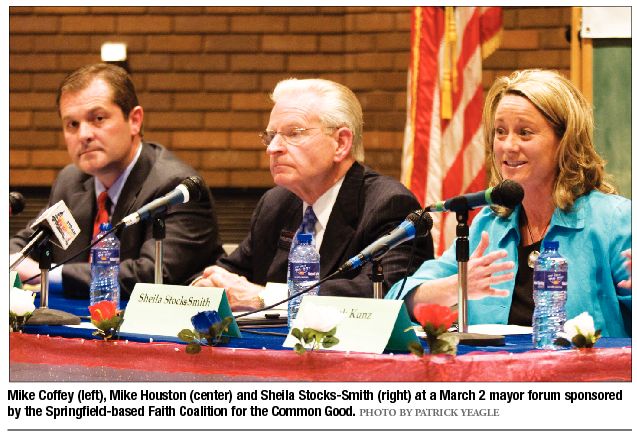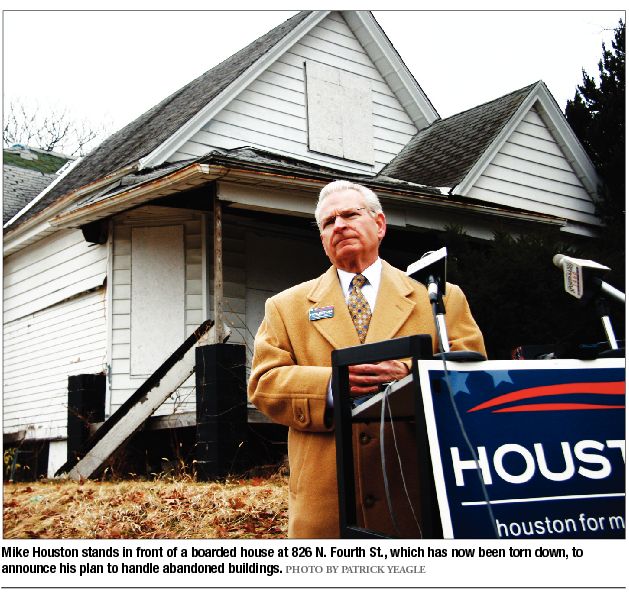
Who will bring Springfield toether?
Department merger Stocks-Smith sees combining the departments as a way to better coordinate economic and community development, though some people question whether it would create a conflict of interest. Planning and Economic Development works to attract businesses and encourage growth, while Community Relations primarily investigates allegations of housing, employment or credit discrimination by private companies within Springfield.
“If you’re trying to attract a new business and then you have to turn around and investigate that same business, I think there could be a possibility for a conflict,” says Nicholas Stojakovich, former chair and current member of the Community Relations Commission. “The commission has a role to play in the wider community to promote harmonious relations between different people groups. … There are remarkable communications that go on already between the two offices. The personalities that currently handle those functions have a good working relationship, and I don’t really see the need to combine them under one roof.”
Julie Hubbard, current chair of the commission, says she would like more information about how the merger would work before she makes up her mind.
“The two departments seem to be antithetical in purpose, but I also understand in theory this could be done,” Hubbard says. “If someone wants to propose this, they would have to reconcile the seemingly crossed purposes the two departments seek to achieve.”

Stocks-Smith defends her proposal as a way to bring the community together, saying the departments were previously combined along with other functions in the now-defunct Department of Public Affairs under former mayor Ossie Langfelder.
“It can be done and still keep your separate functions,” Stocks-Smith says, adding that instead of creating a conflict of interest, the merger would push the city to be upfront with businesses about the conduct and behavior expected of them.
“I actually see this as a strengthening of Community Relations, bringing it into the fold and linking those departments’ functions,” she says. “The current functions are not going away, and I’m not even saying they have to live in the same place. ...As we’re going out and striking deals with the economic development side, it isn’t this separate thing. The community development and what we expect of their responsibility to the community is all part of the package.”
Discrimination Discrimination, particularly in the context of racism, has long been a problem in Springfield, from the 1908 Springfield race riots to the infamous “noose incidents” at CWLP more than 100 years later. From the vantage point of development, discrimination is a stumbling block that hinders cohesion on other issues like the rail consolidation and job growth. While discrimination may not be a community development issue in a conventional sense, it is an issue that must be addressed for the city to see equitable progress on development.
At a recent mayor candidate forum hosted by the Citizens Club of Springfield, Houston, Coffey and Stocks-Smith agreed that they would have handled the “noose incidents” differently than the previous administration did.
“One of the things we have to realize is, whether it is real or perceived, for those who perceive it, it is real,” said Houston, adding that he would have fired the men responsible for hanging the alleged nooses. “I think that we cannot have those types of incidents in city government, that we cannot allow people who work in city government to do those types of things, and that ultimately we should be terminating people when we have any type of incident like this so that you make sure that is not something that continues to happen in city government.”
Stocks-Smith said she would examine the city’s policies for dealing with alleged incidents of racism to make
sure those policies actually exist and are up to date. Coffey says his
administration would have “zero tolerance” for such incidents and would
hold department managers responsible.